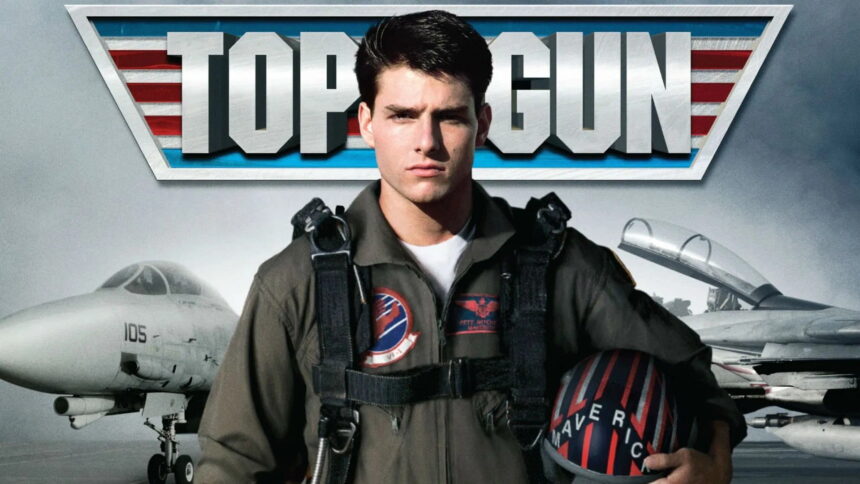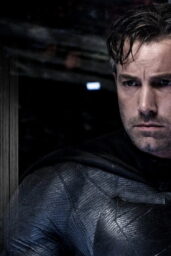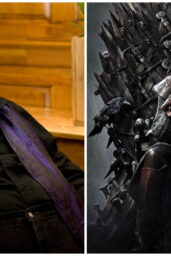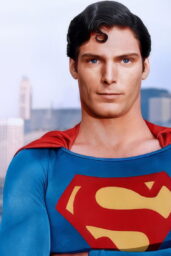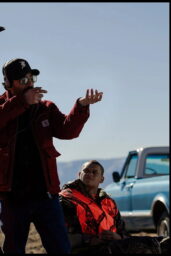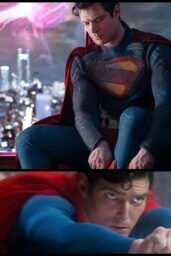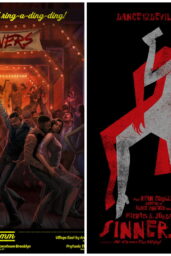Top Gun didn't just make Tom Cruise a superstar—it sold the U.S. Navy like a slick Super Bowl ad. And we bought it.
The Propaganda Playbook
On the surface, Top Gun (1986) is a high-octane, testosterone-fueled love letter to fighter jets. But dig deeper, and it's a masterclass in military marketing. The Pentagon provided aircraft, carriers, and consultants—because the film wasn't just entertainment. It was a recruitment drive with a killer soundtrack.
Like Soviet director Sergei Eisenstein's Battleship Potemkin weaponized film for revolution, Top Gun weaponized Hollywood glamor for enlistment. The result? A generation of kids (including future pilots like Captain Brian Fergusson) who saw Maverick's swagger and thought, I want that.
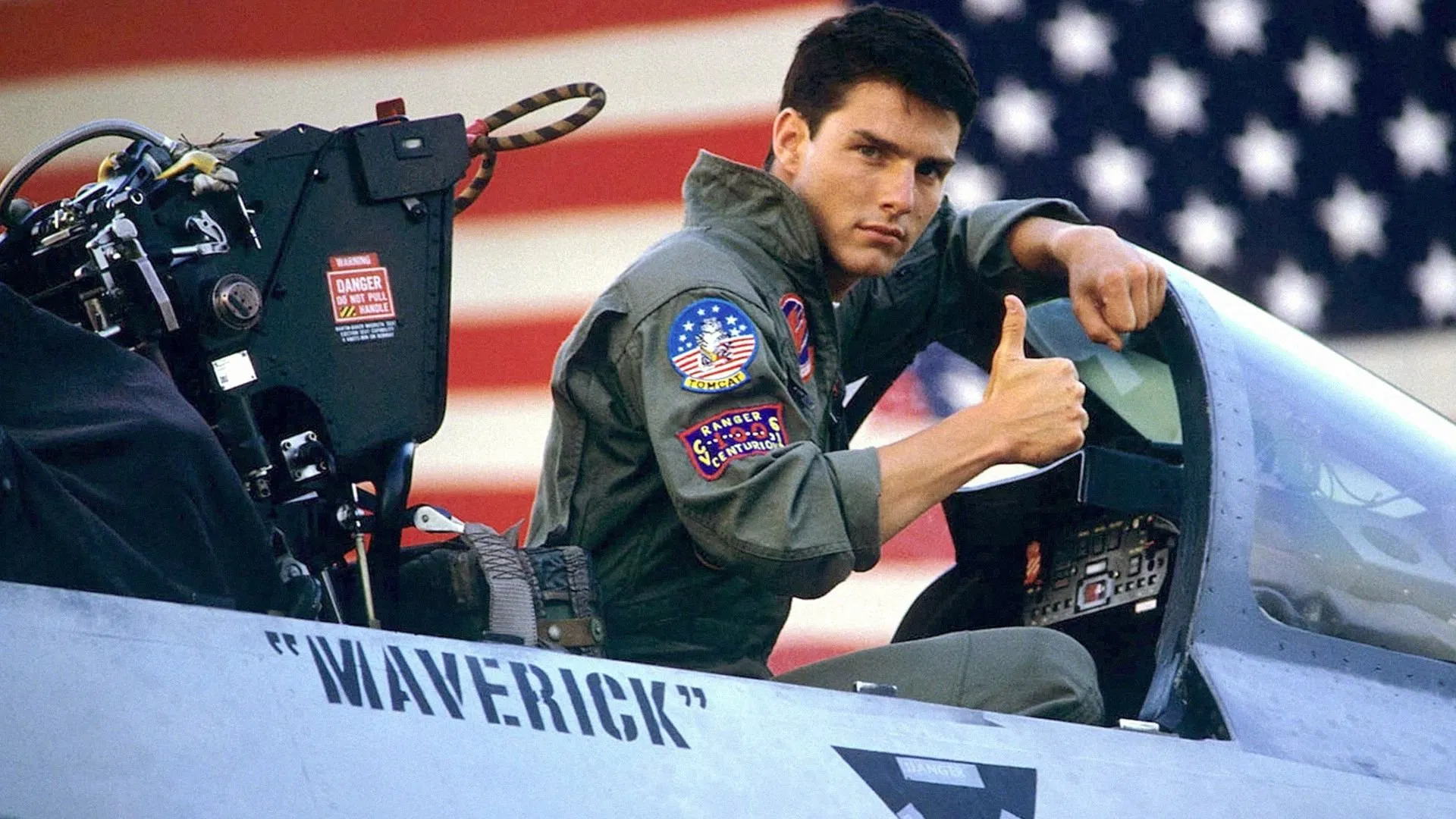
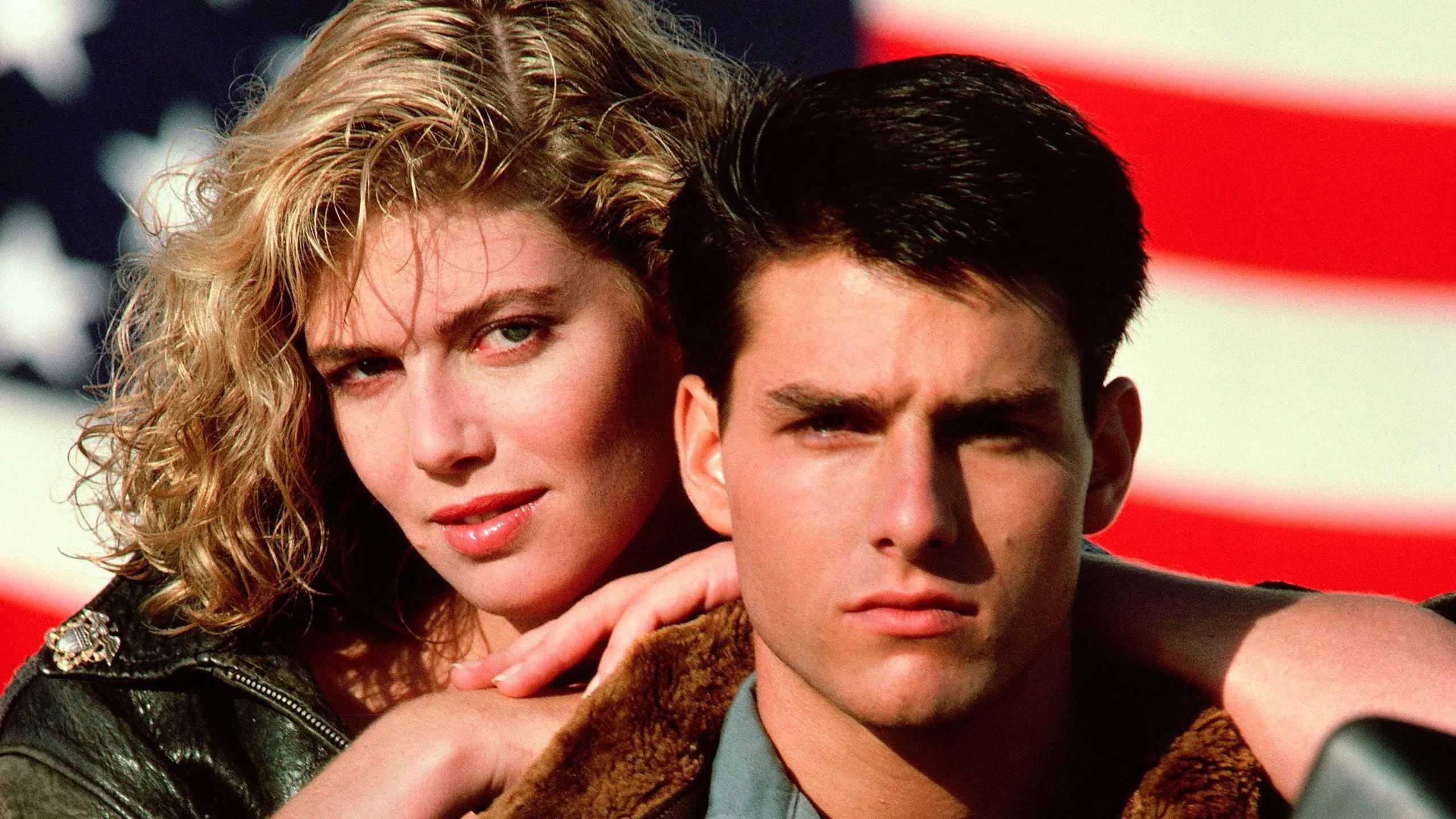
Cold War Cowboy Mythology
The film's genius lies in its mythmaking. Maverick isn't just a pilot—he's a cowboy, a lone gunslinger in the wild blue yonder. The unnamed Soviet-style adversaries? Faceless villains in a conflict that, by 1986, was more about ideology than imminent war. It's The Magnificent Seven with F-14s, selling American superiority through sheer cinematic cool.
The Legacy: Does It Matter?
Propaganda or not, Top Gun's impact is undeniable. Military.com reports recruitment spikes post-release, and its sequel, Maverick, doubled down on the same adrenaline-pumping formula. But here's the twist: today's audiences are savvier. We know the military-industrial complex loves a good Hollywood collab (see: Transformers, Captain Marvel). Yet, we still cheer when Cruise smirks mid-barrel roll.
So—was Top Gun propaganda? Absolutely. Do we care? Hell no. Some myths are too fun to debunk.

